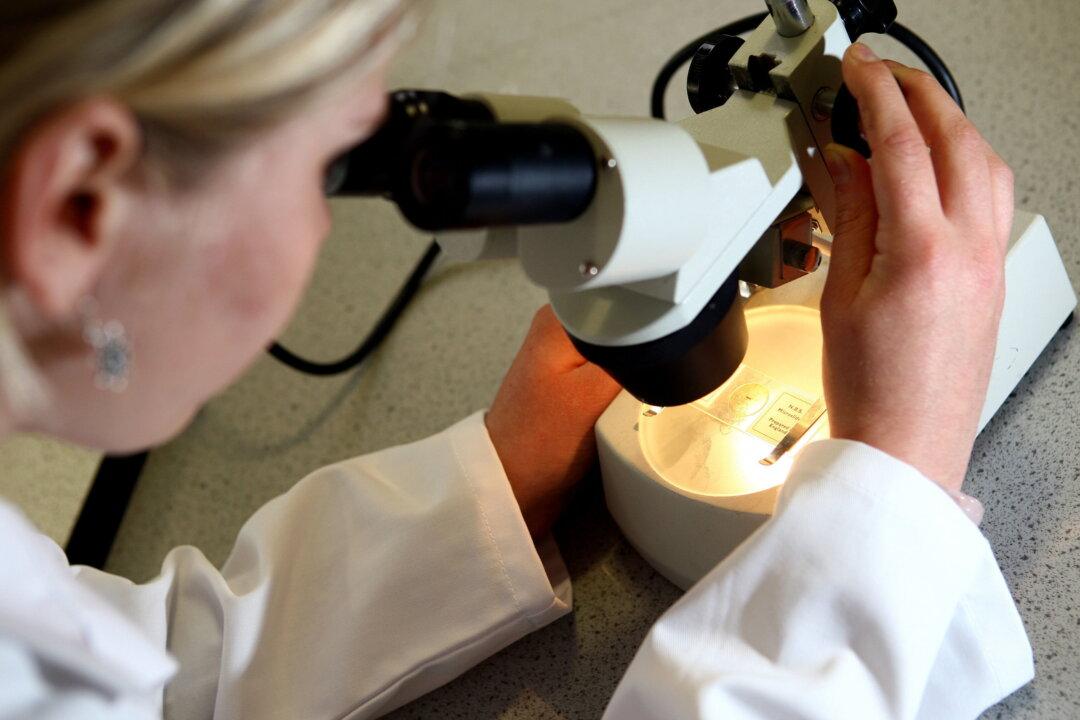Recently, healthy children in many countries have suddenly developed hepatitis of unknown origin, causing panic around the world. Among these child patients, 8 percent to 14 percent need liver transplants. The public are worried that this is related to the SARS-CoV-2 and/or COVID-19 vaccines. Let’s take a look at the actual situation.
Fatal Cases of ‘Hepatitis in Children of Unknown Origin’ Emerge Worldwide
In over four short months, more than 200 cases of acute hepatitis in children broke out in more than 20 countries around the world. And the causes have not yet been fully identified, making this a serious public health emergency. In April, the World Health Organization (WHO) and the Centers for Disease Control and Prevention (CDC) issued separate notices to alert the public.In addition, the WHO reported on May 4, 2022 that as of May 1, 228 children aged 1 month to 16 years old had developed acute hepatitis worldwide, and their conditions were generally severe, with 8 percent of them requiring liver transplantation, and one death.






